7 Tiny Towns In Missouri Where HUGE Things Happened
The Show Me State is full of rich history and many important firsts happened here in Missouri. While many people know of the accomplishments and noteworthy events that occurred in our largest cities, out littlest towns have a lot of history too! From devastating natural disasters to a new genres of entertainment, here are 7 huge things that happened right here in Missouri’s small towns
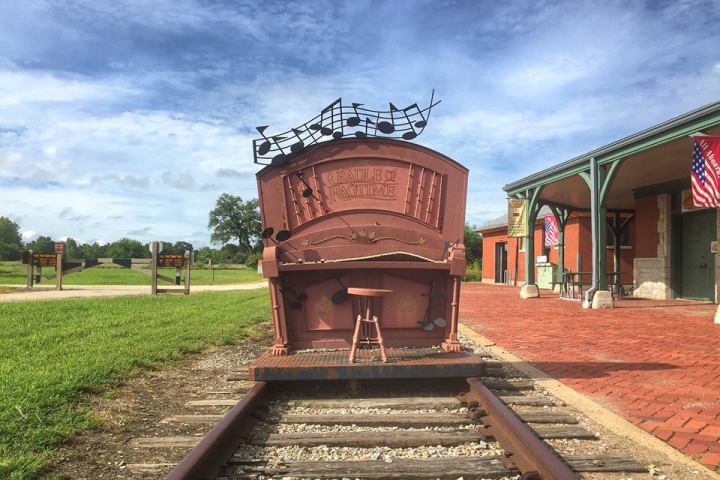
Scott Joplin is one of Sedalia's most famous residents. Joplin arrived in Sedalia in 1894 to teach piano. Joplin was one of the first Ragtime composers and found national success with his piece "Maple Leaf Rag". Joplin was dubbed "King of Ragtime" and is still celebrated as one of the most influential African-American composers. Visit Sedalia for the annual Scott Joplin International Ragtime Festival beginning on May 30th.
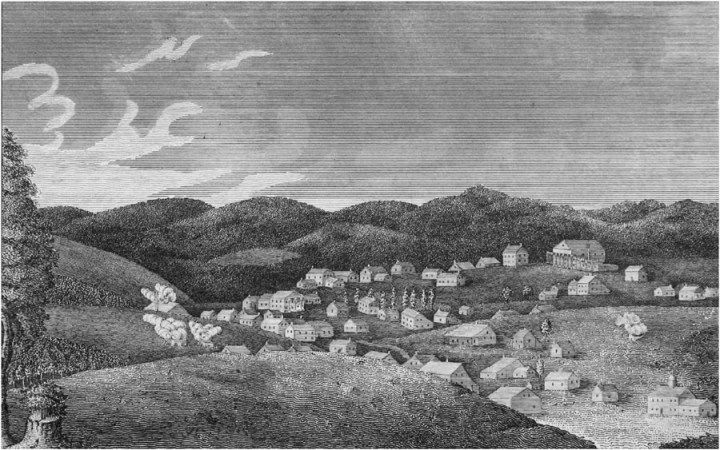
Potosi was founded as mining town as early as 1760. The area was once rich in lead and Washington County once led the nation and world in barite production for many years. The town's original name was Mine au Breton. Moses Austin settled in the area in 1798, operated a large scale mine, and renamed the town Potosi. By the late 1900's many of the lead mines had closed permanently.
Advertisement
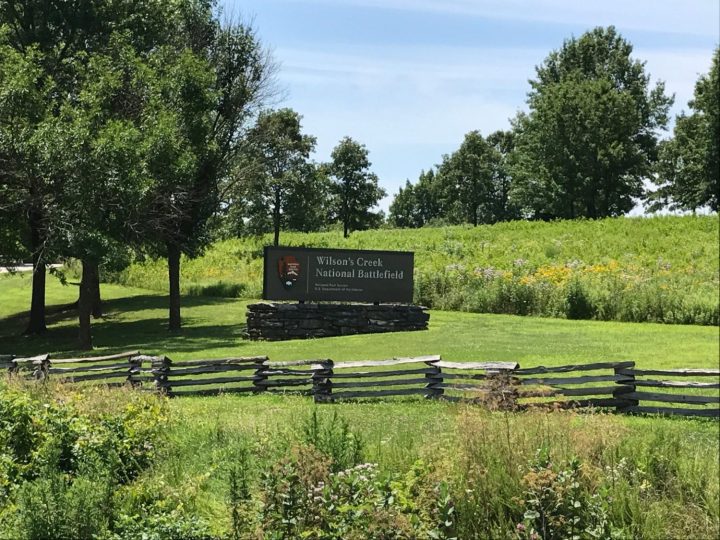
The first major Civil War battle to take place in Missouri happened just outside of the small town of Republic. On August 10, 1861 more than 5,000 Union soldiers and 12,000 Confederate soldiers met in battle. The Missouri State Guard (supporting confederate interests, although Missouri was officially a neutral state) was taken by surprise by federal troops, but ultimately the battle was won for the Confederates. Over 1,500 men were either killed or wounded and the Confederate win strengthened southern sympathizers in Missouri. The battlefield is preserved by the National Park's Service. On-site is a visitor center featuring a museum and a research library.
Advertisement

During the 1830's a large number of Mormons settled in Jackson County. However, tensions built up rapidly between the Mormon community members and other settlers, and by 1833 Mormons were forced from their homes in Jackson County. Mormon families continued to resettle in western Missouri but mostly resided in peace with their surrounding neighbors. However, a few skirmishes broke out over the years and by 1838 Missouri's governor, Lilburn Boggs, issued an executive order that declared, "the Mormons must be treated as enemies, and must be exterminated or driven from the State if necessary for the public peace."
Just days later an anti-Mormon mob entered the largely Mormon settlement of Fairview Township in Caldwell County. Mormon men and boys met at the blacksmith to protect their settlement, but became trapped inside the building with the mob of vigilantes surrounding them. The log structure provided little defense and 17 Mormon men and children were killed. The massacre became known as the Hawn's Mill Massacre and resulted in the surrender of and eventual relocation of Missouri Mormons.
Just days later an anti-Mormon mob entered the largely Mormon settlement of Fairview Township in Caldwell County. Mormon men and boys met at the blacksmith to protect their settlement, but became trapped inside the building with the mob of vigilantes surrounding them. The log structure provided little defense and 17 Mormon men and children were killed. The massacre became known as the Hawn's Mill Massacre and resulted in the surrender of and eventual relocation of Missouri Mormons.
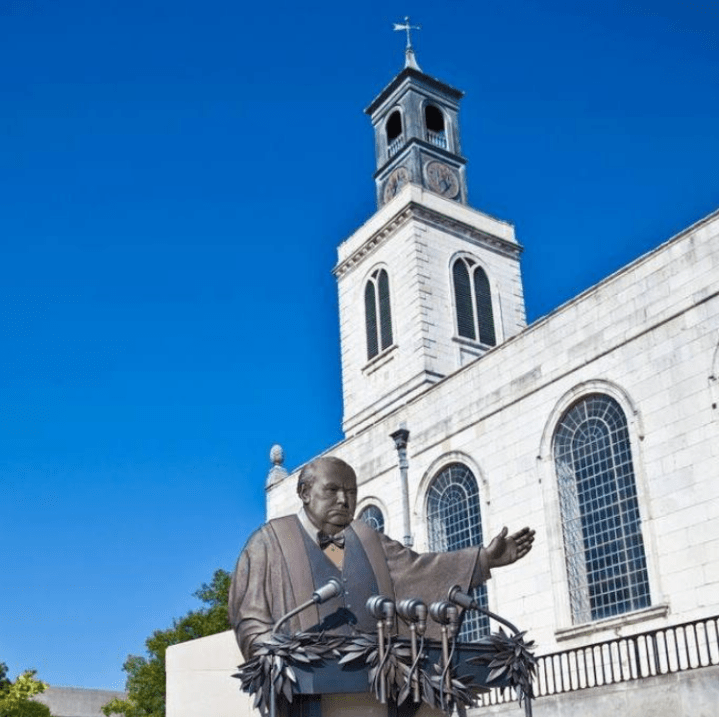
On March 5th, 1946, the tiny town of Fulton was launched into the limelight. President Harry S. Truman and former British Prime Minister Winston Churchill came to Westminster College to deliver one of the most important political speeches in modern history, Churchill's "Iron Curtain" speech. Although much of the western world saw the Soviets as allies after World War II, Churchill's speech brought the dangers of the Soviet Union's communist control to light. President Truman also vigorously opposed Soviet expansionism, he introduced the Truman Doctrine (which worked to contain Soviet geopolitical expansion) on March 12th, 1947. This is often considered the start of the Cold War era.
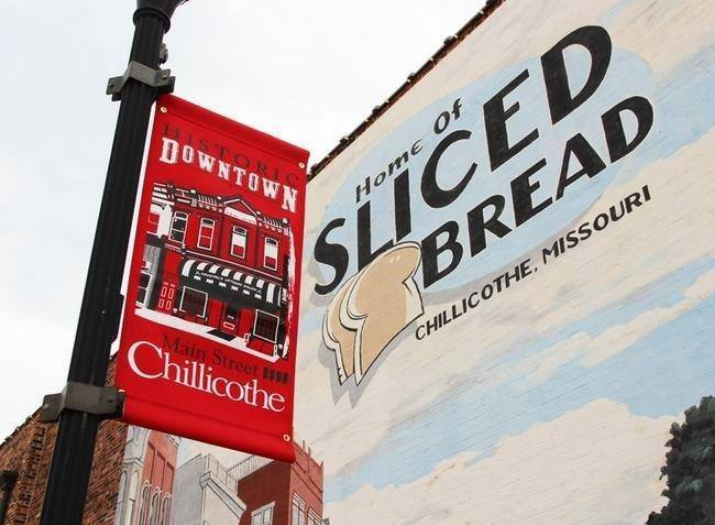
The first town in the world to sell sliced loaves of bread was, surprisingly, the small town of Chillicothe. Although the machine was invented by Iowa native Otto Frederick Rohwedder, his invention was purchased by the Chillicothe Baking Company. The first slices were sold on July 7, 1928 and the product proved to be a huge hit with customers.
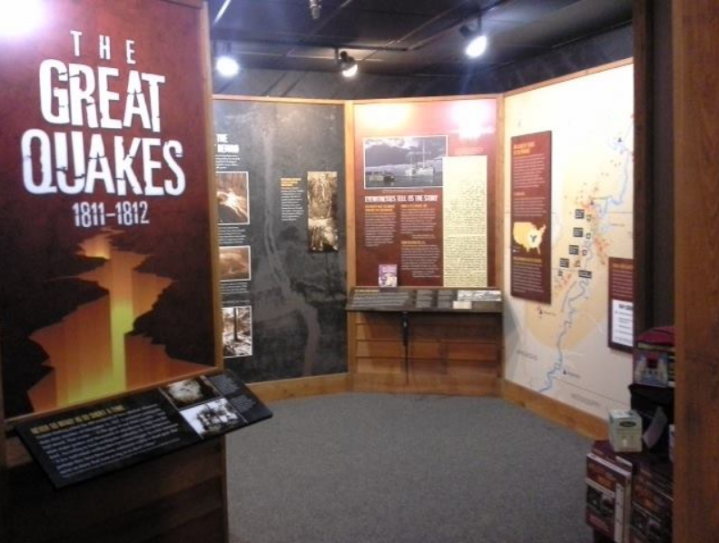
In early December of 1811, a 7.9 magnitude earthquake struck in northern Arkansas. This huge earthquake caused little structural damage because the area was largely unpopulated. However, the following aftershocks were of similar magnitudes of intensity. A third earthquake occurred on February 7th, 1812 that was likely stronger than the original quake. This earthquake was centered in New Madrid and leveled the town. In addition, the quake severely damaged many buildings in St. Louis even though the two towns are more than 160 miles apart. The huge quake altered the flow the Mississippi River and created new lakes and land formations. It is believed that the earthquake could even be detected in Quebec, Canada.
What else would you add to this list? Let us know what big event happened in your small town!
OnlyInYourState may earn compensation through affiliate links in this article. As an Amazon Associate, we earn from qualifying purchases.




